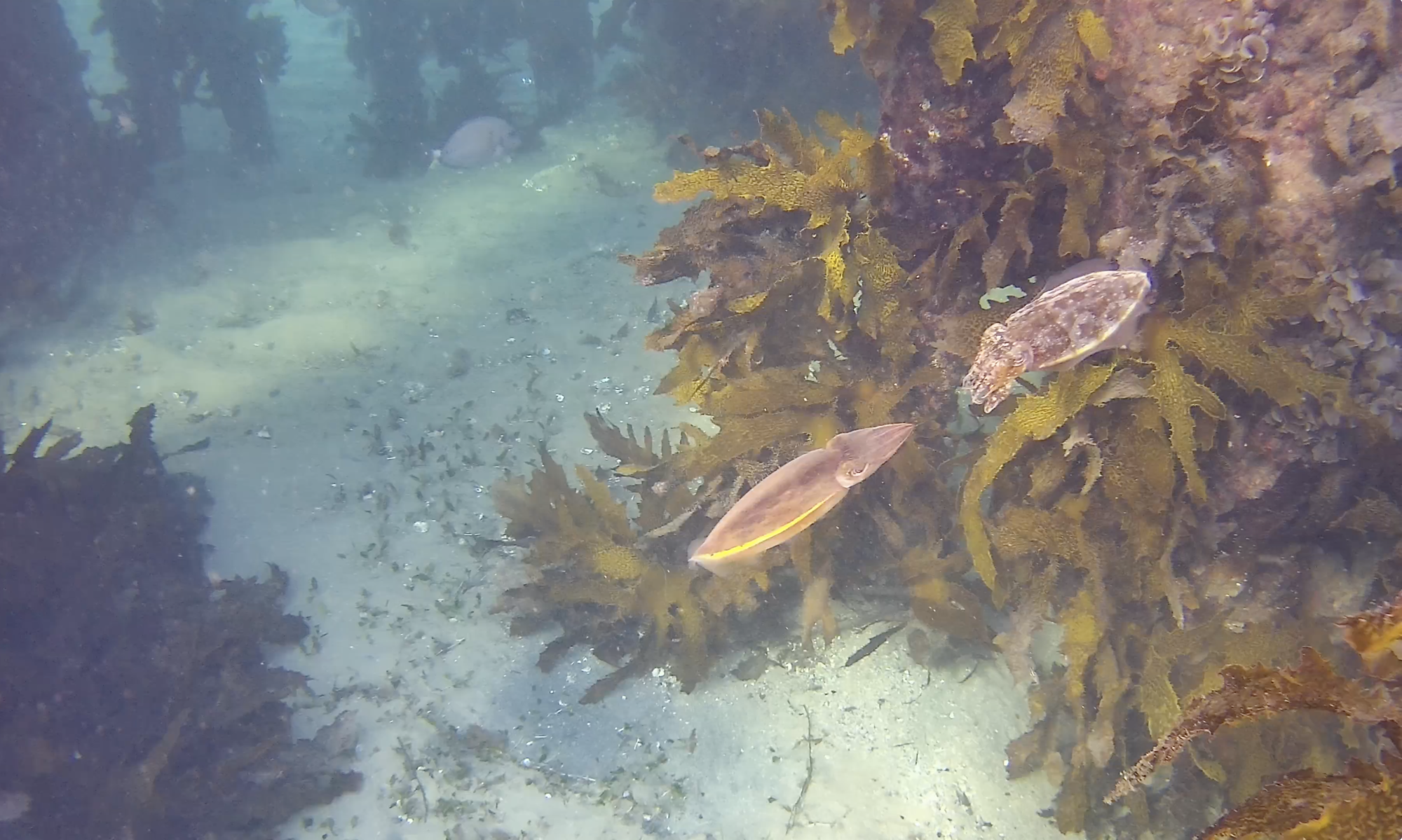Monterey Bay Aquarium Research Institute (MBARI) captured absolutely stunning ROV footage of a new species of jelly, inside the midnight zone of Monterey Bay:
Atolla jellyfish or Coronate medusa, is a species of deep-sea crown jellyfish with a characteristic deep red in color and a hypertrophied trailing tentacle that is significantly longer than the others and thought to help capture prey.
Over the past 15 years, MBARI researchers have observed and collected numerous specimens of three types of Atolla-like jellies that lack the typical trailing tentacle. Researchers realized this rare jellyfish, living at depths of 1,000m to 3,000m and with distinctive thorny projections around its body or bell, had never been seen before. It has subsequently been named the species Atolla reynoldsi, in honor of the Aquarium’s first volunteer Jeff Reynolds.

